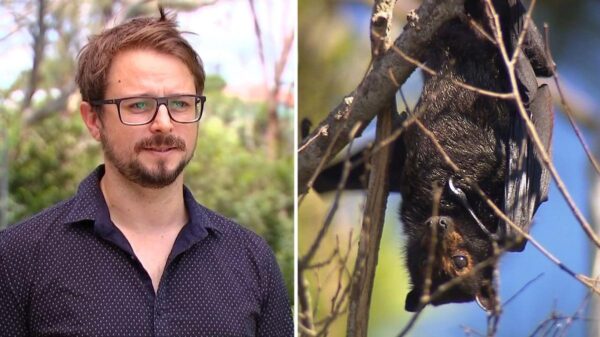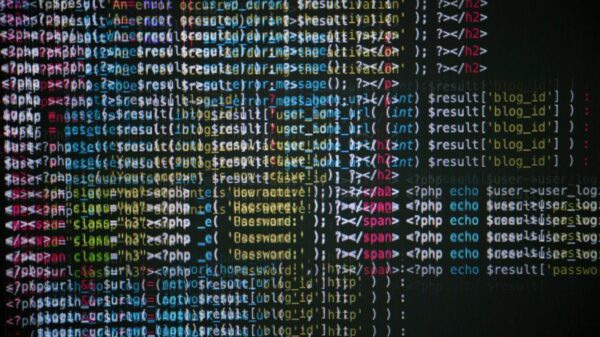A joint research team has achieved a significant breakthrough in nuclear physics by developing a new method for measuring photoneutron cross sections. This innovative approach allows for high-precision measurements using only natural copper (natCu) and existing data from copper-63 (63Cu). The method successfully measures the reaction cross section for the 65Cu(γ,n)64Cu process, providing a simpler and more cost-effective alternative to traditional techniques that require expensive high-purity isotope targets.
By employing this substitution measurement method, the researchers eliminate the need for complex preparations typically associated with high-purity isotopes. This advancement not only reduces costs but also streamlines the measurement process, making it more accessible for laboratories with limited resources. The team maintained the same experimental facility parameters, ensuring that the integrity of the measurements remains intact.
Impact on Nuclear Research
The implications of this development are substantial for the field of nuclear research. Traditionally, achieving high precision in nuclear reaction measurements has relied heavily on costly and difficult-to-source isotopes. The joint research team’s method leverages the availability of natural copper, which is significantly easier to obtain. This shift may encourage broader participation in nuclear physics research, particularly in institutions that previously faced financial barriers due to the high costs of specialized isotopes.
Moreover, the ability to utilize previously measured data from copper-63 enhances the reliability of the new measurements. Researchers can now conduct experiments with greater confidence, potentially leading to new discoveries in nuclear reactions and their applications. The results of this study could pave the way for further advancements in nuclear technology, including applications in energy production and medical imaging.
The findings of the research team highlight a promising direction for future studies. By focusing on accessible materials and simplifying the measurement process, they set a precedent that may inspire similar innovations across various scientific disciplines. The use of natural copper could lead to a paradigm shift in how researchers approach nuclear measurements, ultimately expanding the frontiers of knowledge in this critical area of science.
In conclusion, the joint research team’s advancement in photoneutron cross section measurement not only enhances precision but also democratizes access to nuclear research. As institutions worldwide strive to expand their capabilities in this field, the implications of this novel method could resonate across many sectors, fostering collaboration and innovation.






























































